I thought I’d share some tips to jazz up your Mansions of Madness games. In reality, this applies to any game that comes with 20-30mm figures as well, such as Castle Ravenloft, Gears of War, DUST, and so forth.
The miniatures pictured are from Elliott’s copy of Mansions of Madness, which he asked of me to provide a paint job. I used the opportunity to perform a bit of an experiment to show those who have never tried their hand at painting figures just how easy it can be. Any materials that I used (primer, paints, brushes, glues, and such) were purchased at my local WalMart. This isn’t to say that once you catch the mini painting bug you won’t want to progress to the Reaper or Vallejo paints and materials available but I just wanted to show that the very basics – especially with painting techniques – can provide a one of a kind experience for your favorite gamers around the table.
First, let’s look at the stalwart adventurers looking to derail the nefarious plans of the Keeper:
You’ll have to excuse my woefully poor photography skills…

To begin, the bases for all the figures are simply a solid black. I did this for three reasons, as normally I’d do something with the bases to better reflect the environment in which the action takes place. With Mansions of Madness there are a variety of different area titles that represent rooms, caves, outdoor areas, and so forth. With such a great many variants to the board a simple solid color makes more sense although I could have gone with grey as a base. The second reason for black is I wanted the heroes and monsters to share a common color of base. Because the monsters have a tile slid into the bases black made sense to make the exposed text of the titles more visible. Finally, because these figures are for Elliott (and not part of my collection) I wanted an easy color that can be touched up when the paint on the bases eventually wears away following repeated game play.
It’s important to note the miniatures have been coated with a gloss finish because a gloss is much more durable than any matte sprays I’m familiar with. I did point out to Elliott that he’ll want to grab some Dullcote and give them a few nice sprays to cut down on the “toy figure” aspect the gloss gives them.
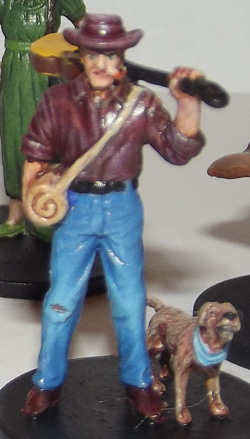
I also used the Mansions of Madness character cards as painting references although some of the cards include a close up of the character’s face so it didn’t give a lot to go with.
The monsters and minions don’t come with loads of info to utilize as guides for your paint schemes but I actually appreciate letting my imagination run wild, while still trying to stay true to what would seem like a realistic feel – this is especially apparent with the monsters.
Cultists – those in the grey robes – are a dime a dozen (in fact, a lot of them are included in the game) so they didn’t get an extremely detailed look. Actually, the human and humanoid characters are a bit light on the facial depth so a good bet is to shy away from attempting to paint eyes on the figures. Nothing destroys a quality paint job more that poorly painted eyes so beginners out there should simply use a light wash to bring out some detail and leave it at that. I’ll point out Ashcan did get eyes because I know Elliott loves that hobo and his dog so he got a wee it more attention…
A quick side note: Miniature size and scale has always been a bit of a mystery when it comes to the hobby. Things have improved over the last five years or so but you’ll still run across a line of minis that are supposed to be 25mm that actually scale out to 28mm. Or you might find something advertised as 28mm that in reality is 24mm. I’d say the figures in Mansions of Madness are more than likely about 22mm in truth. This leads to some softness in detail that goes unnoticed when they’re unpainted but does become readily apparent once you start to paint them. Your best bet is to approach the miniatures with a “less is more” mentality when it comes to detailing the figs.
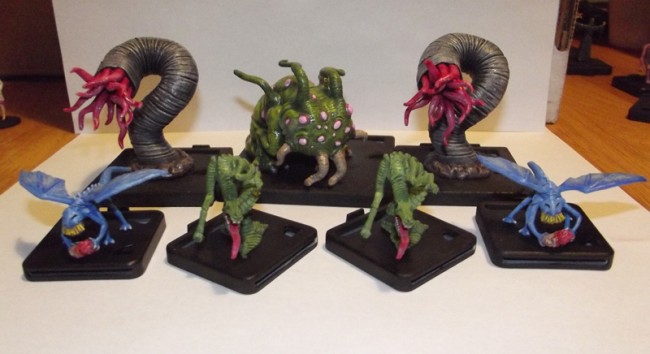
The monsters are fun and I wish there had been more of them as opposed to the seemingly endless cultists. The monsters appear to have received a little more attention than some of the other figures.
I especially like the Cthonians (the worm like monsters) as they even have little suckers sculpted into the tongues/tentacles erupting from their maw. These figures once again received an extremely simply paint job: A medium grey for the heart of the body followed by a wash of nearly black and a dry brush of light grey to bring out the segments of its worm-like body. Since I felt the mouth/tentacles is the focal point of the model I picked out some additional details with the tongues. Overall? Nothing too fancy as I was using brushes from a package from WalMart which run about $4.
To get started, you don’t have to sink hundreds of dollars into paints and brushes. The materials used to produce these miniatures all-in-all came out to around thirty bucks – thus the point of the “experiment”! Our hobby tends to a bit of a niche pursuit, and one in which we can spend loads of money, but how can you pass up on using the cost of a single new game to improve upon the enjoyablity (is that even a word?!?!?) of a multitude of games you already own? Painting miniatures can be an extremely relaxing pastime also as I tend to pull out a stack of films that I enjoy, yet don’t require my rapt attention, and play those while I bust out the painting gear and get down to it. Still, even the most primitive of paint jobs will bring so much more fun to your gaming table than many gamers realize.
Personally, there’s nearly nothing worse I can think of than watching people play games like Warlord, DUST, Flames of War, Malifaux, Warhammer and Warhammer 40k, War Machine, Dystopian Wars, and the ilk with unpainted minis. I’m always amazed to stop by a store’s gaming room or hit some small convention and game day and see so many people playing with figures that are completely unpainted or only assembled and had a base coat applied. Yikes! I’ve seen people playing WH40k with both sides consisting of black coated minis. Not only would I have a hard time telling the two forces apart but Games Workshop figures are some of the most expensive in the industry so why would you spend all that money and not even make an attempt to at least invest a little time, along with that cash, to field a moderately skillfully painted army? This isn’t to say any of those aforementioned games wouldn’t still be loads of fun if you were just battling it out with counters but miniature games have something going for them that no other sort of game in the hobby has: The visual and textile experience of three dimensional pieces being handled, viewed, and pushed across gaming tables.

I suppose a lot of folks don’t paint the figures that come with their games (or pursue miniature games) out of fear. Fear that they won’t end up with nicely painted figures or their friends will make fun of the paint job, but more likely, fear that they’ll ruin a perfectly good unpainted figure and waste all that good money they spent. If the last is the case, I will personally promise if you use acrylic paints and you mess up, I will respond to any email with step by step instructions of how to remove the paint without damaging the miniature regardless if it is plastic, metal, or resin.
You have my sworn promise!
I’m hoping that, in 2012, we can provide not only more coverage of miniature games (as well as games that just happen to include miniatures) but also take away a lot of the fear and uncertainly that comes with tackling your first batch of figures. I can’t say you’re going to learn how to paint like a pro – something I’m certainly not qualified to speak upon – but we’ll get your juices flowing and provide you with a bit of inspiration to at least dip a brush into a paint palatte for the first time.



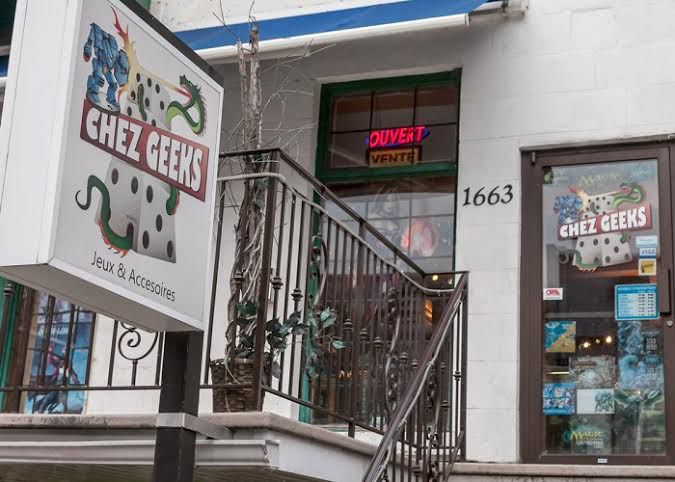

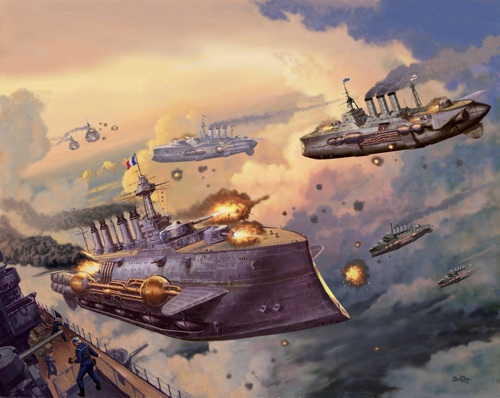
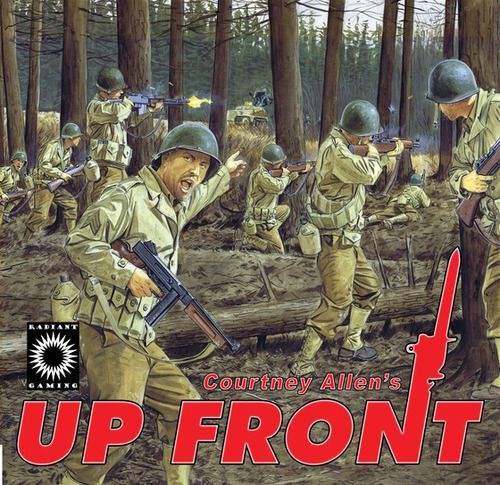

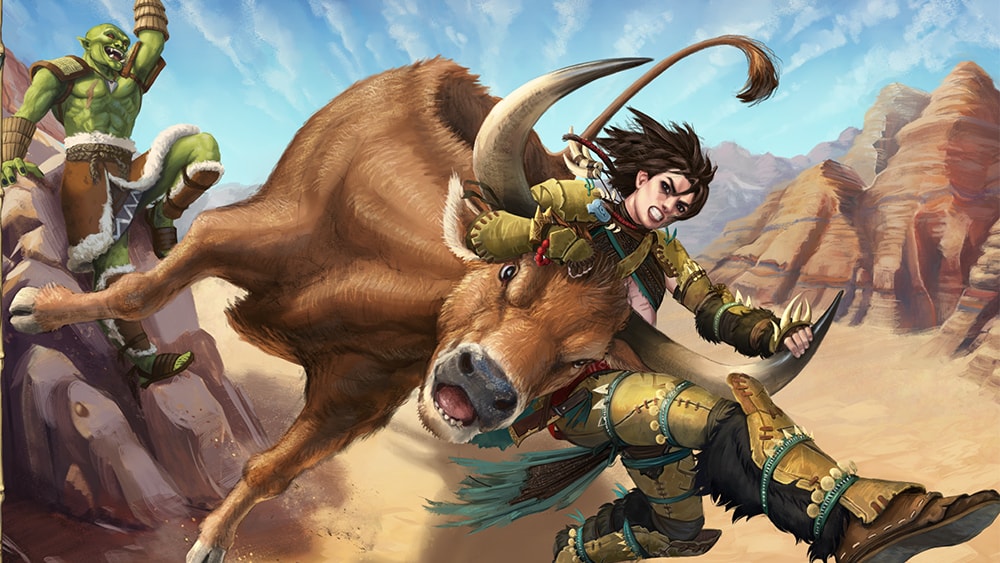

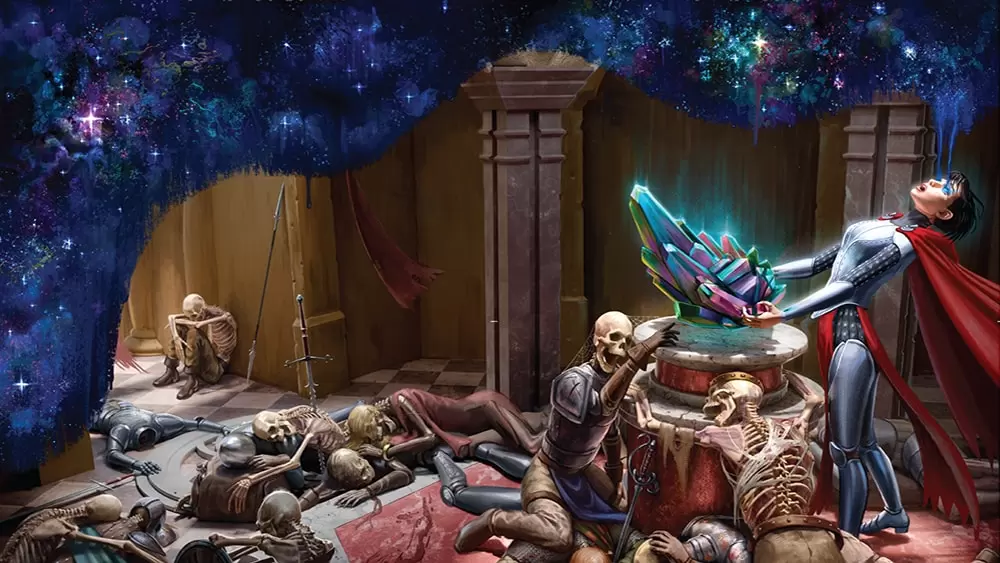






I can’t wait anymore! I’ll be going Mansions of Madness mad as soon as I get them! Thanks bud